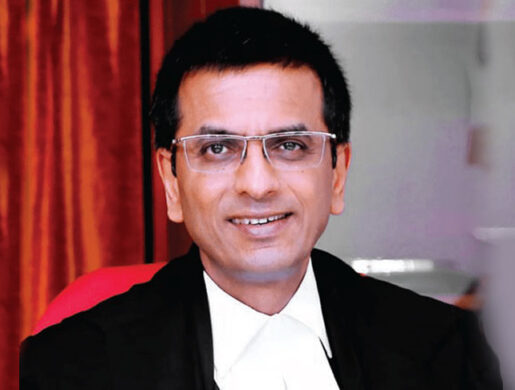In this issue, we’re focused on judicial decision making. But how do academics research and understand decision making more generally? Baruch Fischhoff, a professor in the department of engineering and public policy at Carnegie Mellon, and Stephen B. Broomell, a professor of social and decision sciences at Carnegie Mellon, bring a multidisciplinary background to the question in a review essay titled “Judgment and Decision Making.” Drawing on psychology, economics, and computer science, among others, Fischhoff and Broomell review key elements of decision-making processes—judgment, preference, and choice—categorizing and describing what research has lent to each stage of the process.
- Judgment: “Sound decisions” they write, “require predicting what will happen if different choices are made. The quality of those judgments can be evaluated in terms of their accuracy or their consistency.” Questions of judgment can be further broken down into questions such as “How accurately do people understand the world?” and “How much do people know and how will that impact their decision?”
- Preference: Fischhoff and Broomell stress that decision science “has no accuracy criterion for preferences” and that “people can prefer whatever they want.” However, preference does involve, they argue, “being able to compare outcomes and make trade-offs.” In other words, how do people weigh possible outcomes?
- Choice: Finally, choice is about how people combine their judgments and their preferences to reach a decision point. In studying how individuals make choices, Fischhoff and Broomell emphasize the use of “decision modeling,” where researchers give weight to various factors and use statistical procedures, like multiple regression analysis, to understand “the relative importance of the factors that describe each option in a choice set.”
To flesh out these concepts, the authors draw primarily from experiments—not simply observational data—to reveal empirical results. For instance, one experiment dove into the consistency of individual beliefs, using the guise of a jury trial to conclude that “people treat contradictory evidence (which says different things about the same event) differently than they treat conflicting evidence (which points in different directions).” Still other experiments call on subjects to make medical decisions, given certain risks.
What should we make of this? First and foremost, understanding and explaining decision making is, fundamentally, a researchable endeavor with generalizable findings. It is “decision science.” At the same time, given the immense complexity of decision making, decision science itself requires different disciplines and expertise, including psychology, economics, neuroscience, statistics, and more. It also requires breaking down theory-practice divides such that how decisions are made “in practice” can be observed, studied, and assessed. Indeed, decision scientists are increasingly being called upon to weigh in on policy, such as with drug regulation and climate change. It is also increasingly key to how we think about AI and other technological advancements as they step in to aid or replace human decision makers. Of course, all of this raises questions: What could judges teach decision science, and what could decision science teach judges?



